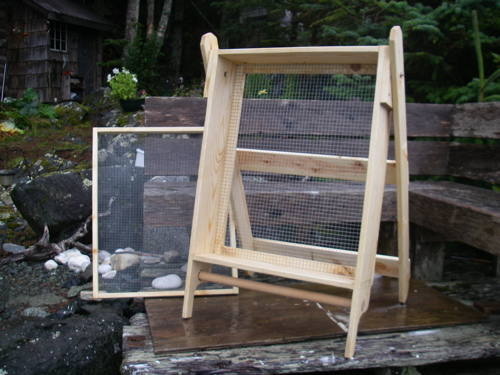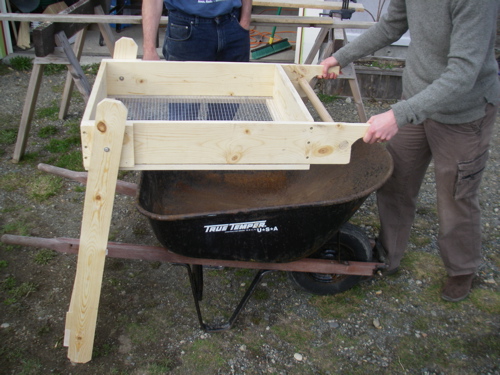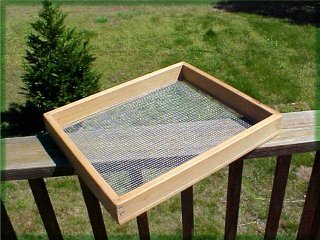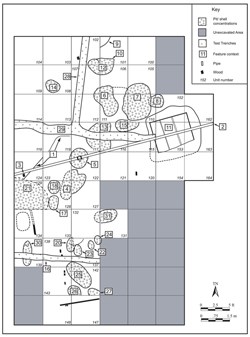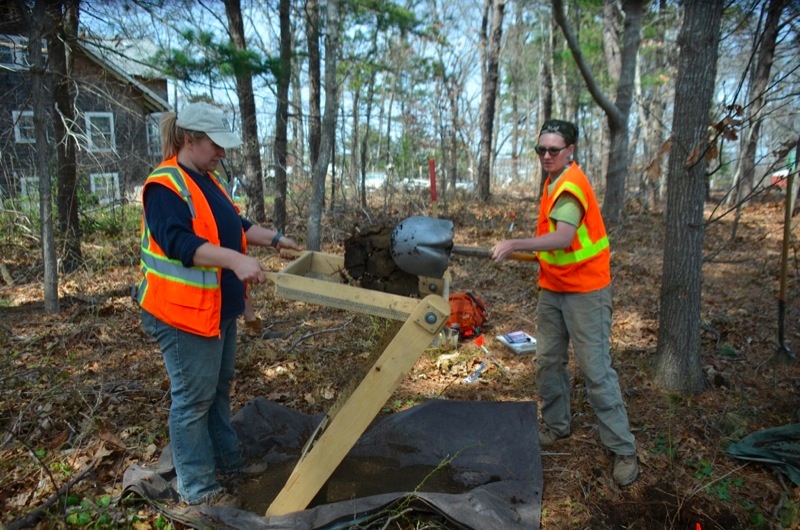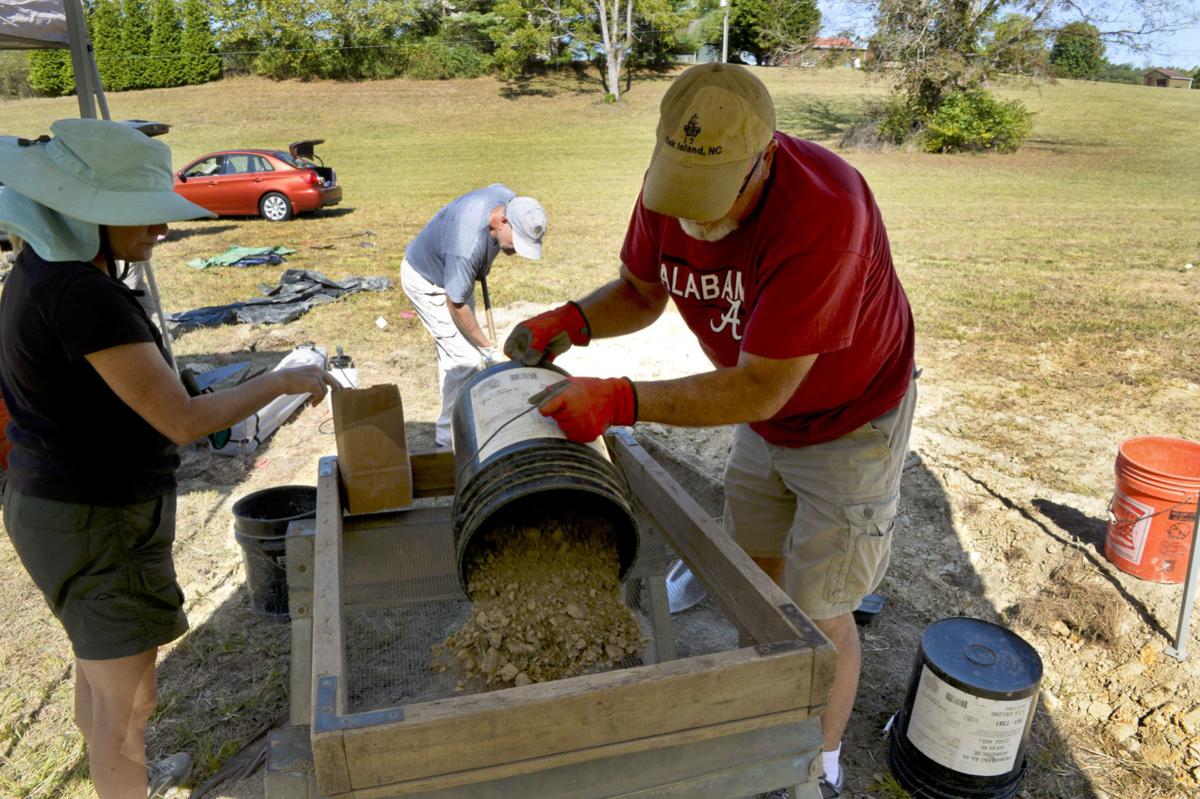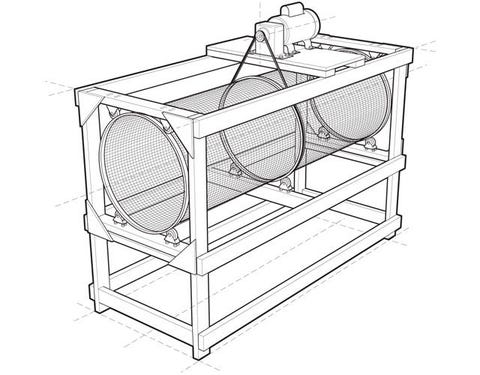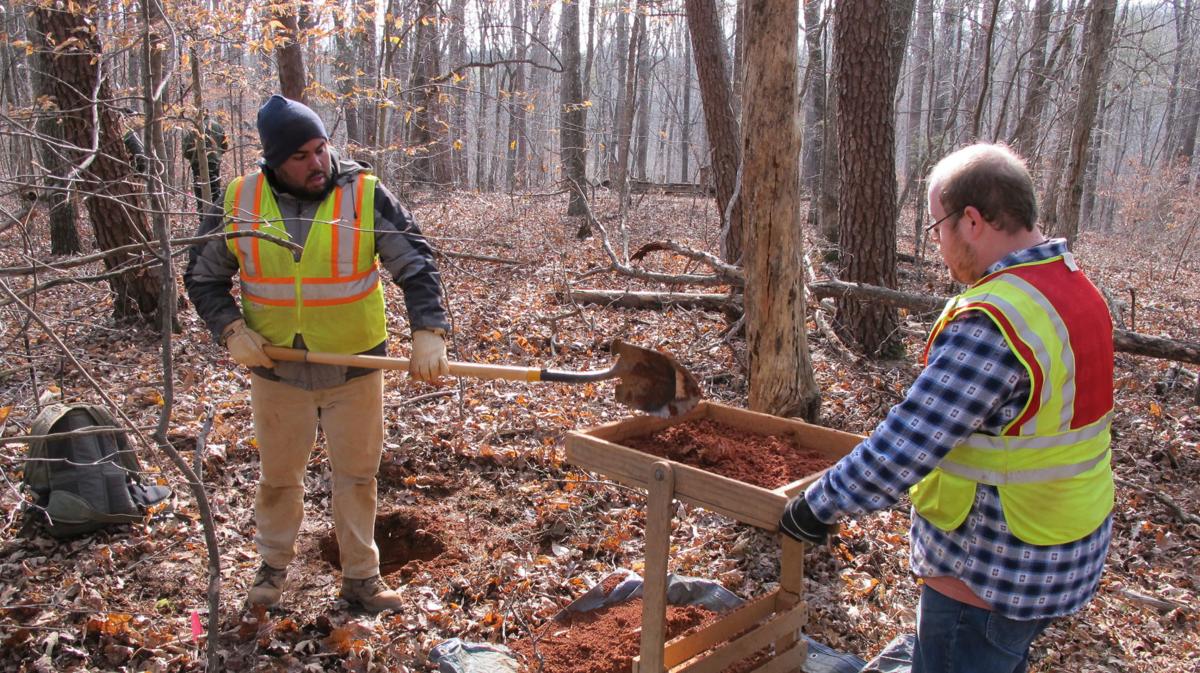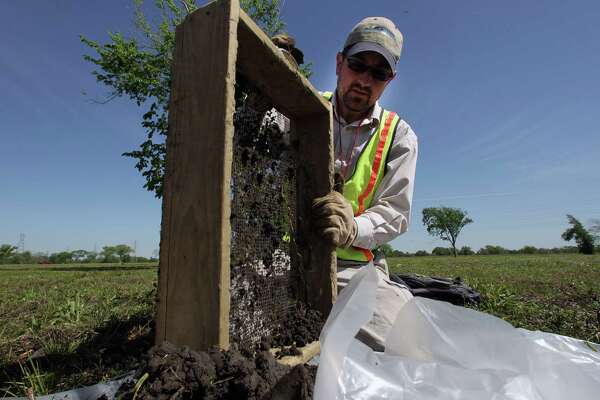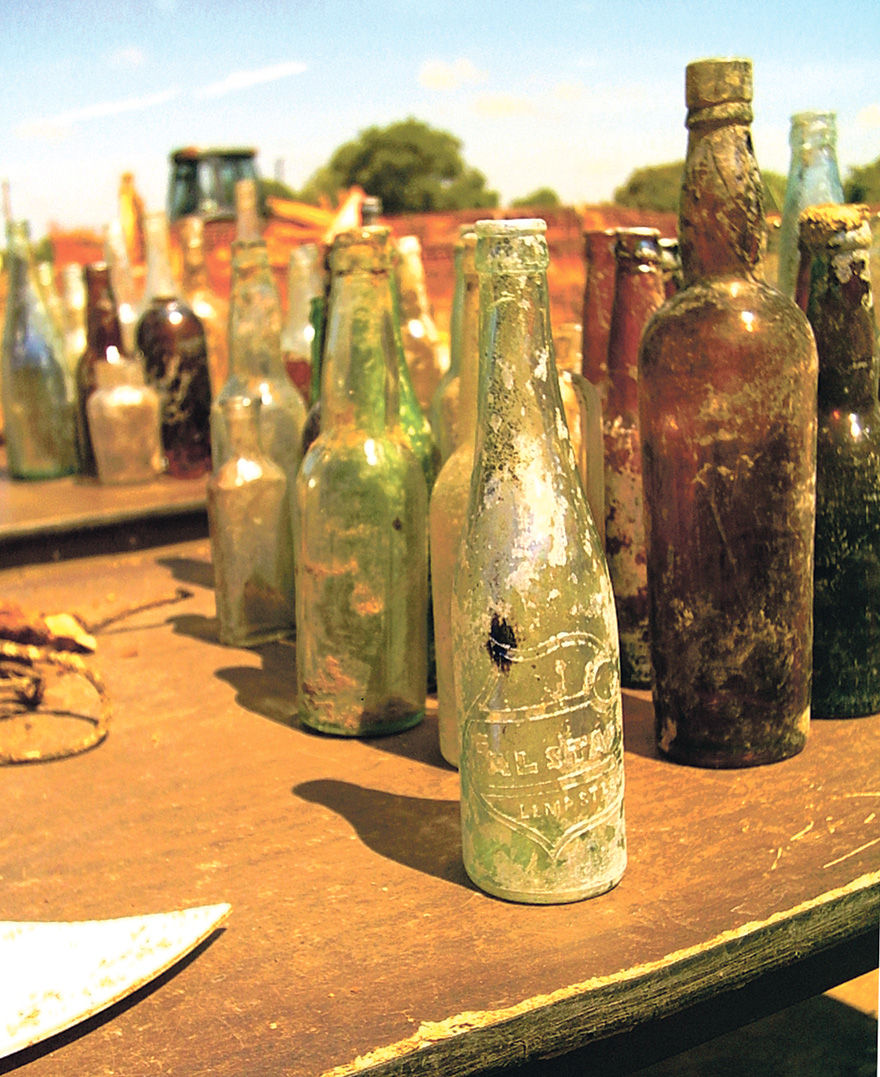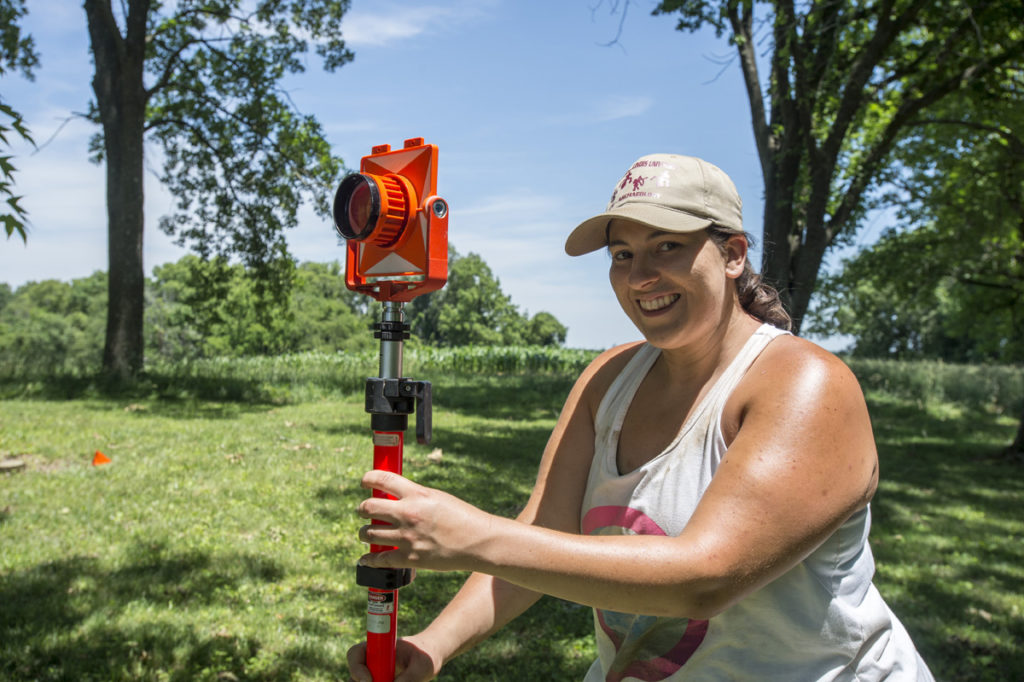Archaeological Sifting Screens Plans

Hand constructed from 21st century materials that resist fatigue water heat impact corrosion.
Archaeological sifting screens plans. Each screen design has been modified and improved to meet the strenuous demands of full time 40 hours a week 52 weeks a year field operations. Many developments and improvements to field tools and methods occurred during this time. It s also been called an archaeological sifter garden sifter compost sifter sifting screen or soil sifter depending on the use to which an individual puts it. Our original self standing one person operation sifter for screening dry sediment.
The archaeological community and museums began to set standards and rules for excavations of sites. A search of these terms on the internet revealed that gardeners love them but no one seems to be able to find plans for them. The systematic study of archaeology began in the 18th century. Modeled after standard wooden prototypes.
Focus design has developed a new recovery classification device called the solo screen. Constructed of quality materials these sifting screens feature sturdy white pine wood frames and are built for ease of use in the field. Cross creek screens have been utilized in a number of field environments around the world and continue to prove to be the most durable and long lasting screens on the market. Features 1 4 wire mesh screens.
Features 1 4 wire mesh screens. Constructed of quality materials these sifting screens feature sturdy white pine wood frames and are built for ease of use in the field. Standard features user friendly design horizontal and cross braced legs dadoed joints quality materials. The large rocking sifting screen has a 22 x 30 sifting area and two legs which provide a pivot point at the far end of the box.
One of the standard tools developed during this time is the sifting screen or sieve.


